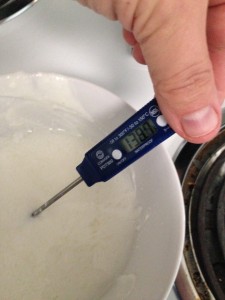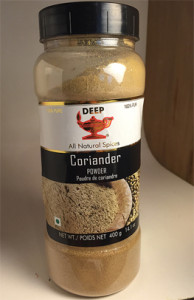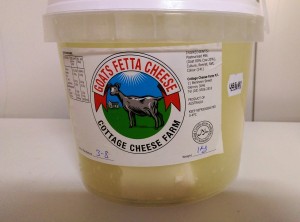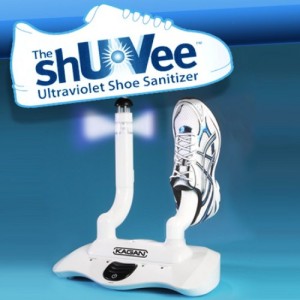In the quest to get healthier, including losing weight and reducing my body fat percentage, I’ve been paying particular attention to my eating habits and eating a bunch more vegetables.
I’ve become increasingly fond of the convenience of pre-washed, bagged, fresh whatever. A staple of my weekly meals is 4oz of steak, a crumble of blue cheese, grilled mushrooms, sliced pear, a few walnuts all over a bed of 50/50 mix of pre-washed baby spinach and and mesclun mix.
I just open the bag and throw it on the plate. Because there’s not much I can do, safety-wise, to it once it’s in my home. If there’s pathogenic E. coli, Listeria or Salmonella there (or others) I’m stuck with it. I’m following recommendations from a bunch of my food safety friends who reviewed the literature on cut, bagged, washed, ready-to-eat leafy greens from a few years ago. In the abstract, they write:
The panel concluded that leafy green salad in sealed bags labeled “washed” or “ready-to-eat” that are produced in a facility inspected by a regulatory authority and operated under cGMPs, does not need additional washing at the time of use unless specifically directed on the label.
Leafy green food safety risks need to be addressed before they get to me, all I can do by washing it again is increase the chance I cross-contaminate the salad precursor in my home. My purchasing choice is based in trust that growers, packers and processors know what they are doing, and do it. But at best, they can only remove 90% of what is there with a wash.
Last week some research was presented at the American Chemical Society National Meeting & Exposition, prior to peer-review, that states what lots of food safety folks have published over the past decade: washing leafy greens doesn’t result in a sterile salad and the bumpy leaves protect pathogens.
Yep.
I talked to Korin Miller at Yahoo News about it,
Labels like “thoroughly washed” and “triple washed” make us feel comfortable chowing down on pre-washed baby spinach straight from the container. But researchers from the University of California, Riverside, say we might want to rethink that habit.
They discovered that the small peaks and valleys in baby spinach leaves can harbor bacteria — even during the washing process they often undergo in food-processing plants.
While the news is shocking to most people, “this is not a surprise to many of us in the food safety arena,” Mike Doyle, director of the Center for Food Safety at the University of Georgia, tells Yahoo Health.
Unfortunately, washing your pre-washed baby spinach before eating it doesn’t make a difference, says Benjamin Chapman, PhD, an assistant professor and food safety extension specialist at North Carolina State University.
“Rinsing isn’t going to do a whole heck of a lot for food safety,” Chapman tells Yahoo Health — it just may remove dirt or other physical objects that you can see. Cooking the spinach, however, will kill potentially harmful bacteria.
I don’t agree with this comment, ‘pre-washed baby spinach is typically treated using a bleach disinfectant’
But what about the whole “triple wash” label? Does that make pre-washed spinach safer? Chapman says there’s some confusion about what it means. Companies don’t triple wash spinach to disinfect it, he explains — they do it to reduce the likelihood of cross-contamination from one piece of spinach to another during the washing process.
The water is treated to reduce cross-contamination in the processing water; 2-log reduction, at the very best, is not an effective surface disinfectant.
 The boring, repetitive, peer-reviewed stuff that science is made of.
The boring, repetitive, peer-reviewed stuff that science is made of.







